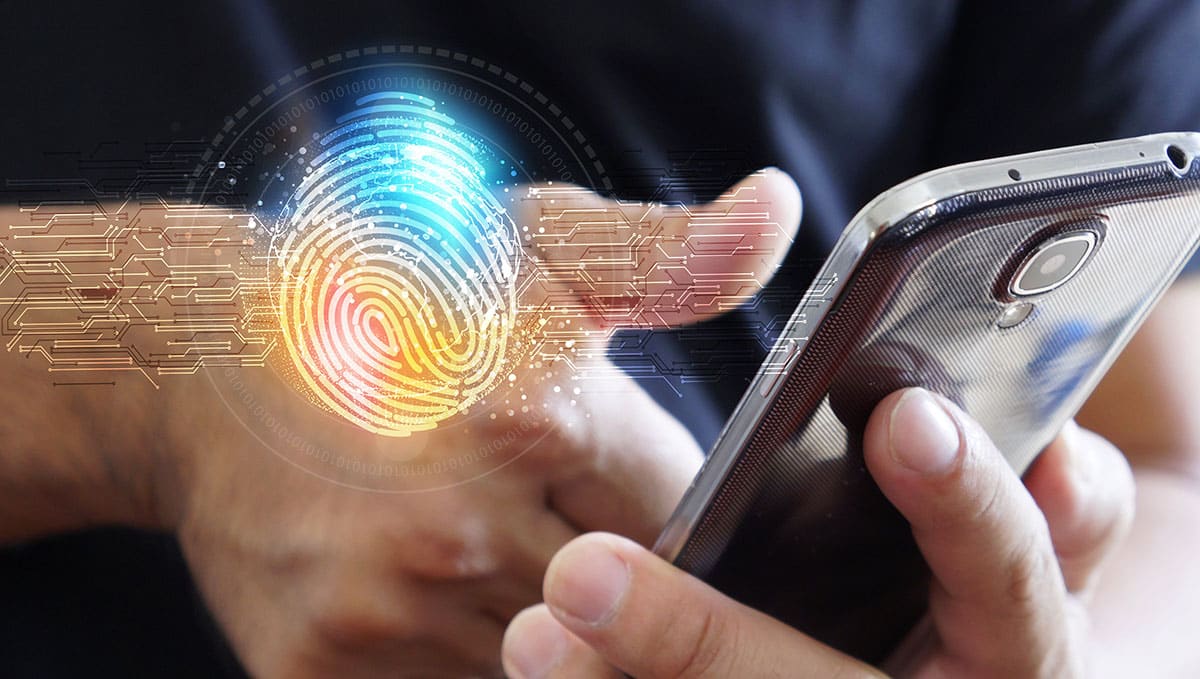The age of smart phones has created a number of new issues related to the Fourth and Fifth Amendments of the United States Constitution. An example of this comes from the recent decision by the Ninth Circuit Court of Appeals in United States v. Payne. In this case, the Court held that law enforcement did not violate Payne’s Fifth Amendment right against self-incrimination by forcing him to unlock his phone with his thumbprint.
In 2021, officers conducted a traffic stop for suspected illegally tinted windows. Payne was the driver. At the time, Payne was on parole; and, among the conditions of his parole was that he had to allow law enforcement to inspect his electronic devices and unlock the devices. Based on his demeanor and parole status, Payne was detained and officers requested he unlock his phone. When Payne refused and tried to disclaim the phone, one of the officers grabbed his thumb and used it to unlock the phone. The officer then searched the phone and found evidence of drug activity.
On appeal, Payne challenged the forced unlocking and search of the phone on Fifth and Fourth Amendment grounds respectively. The search issues were rejected, in large part, due to Payne’s status as a parolee and the conditions of his parole.
Regarding the forced unlocking of the phone, the Court noted that for the Fifth Amendment’s right against self-incrimination to apply “there must be a communication at issue that is: (1) compelled; (2) incriminating; and (3) testimonial.” The United States conceded the first two prongs of the analysis, but challenged the idea that grabbing Payne’s thumb and unlocking the phone with it was testimonial.
Typically, compelled acts are not testimonial. This includes things like wearing a particular piece of clothing, standing in a lineup, providing a handwriting or voice sample, fingerprinting, or blood draws. The Court acknowledged that there have been split decisions on whether compelling someone to use biometrics to unlock a cellphone is testimonial; but, ultimately, decided that it was not. According to the Court, being compelled to unlock a phone using biometrics is more akin to being compelled to provide the key to a safe rather than being forced to turn over the combination to a safe. Justice Stevens’ key versus combination analogy has been used for many years as a guide to questions like this.
Courts that have gone the other way and found that compelling someone to unlock their phone through biometrics have stressed that there is no real difference between being forced to provide a numerical password. It has also been stressed that the act of forcing someone to unlock a phone through biometrics forces the person to acknowledge ownership of the phone and its contents.
The Court did note that its ruling may well have been different if officers had compelled Payne to open his phone and then sort through his phone for them. The Court also noted that determinations like the one at issue in Payne’s case are highly fact specific. As an example, if the officer had required Payne to select the finger used to open the phone, the outcome may have been different.
Ultimately, this issue is not going away. Other courts around the country are grappling with or have already grappled with this issue. Whether it is fingerprint or facial recognition, this technology is everywhere.

